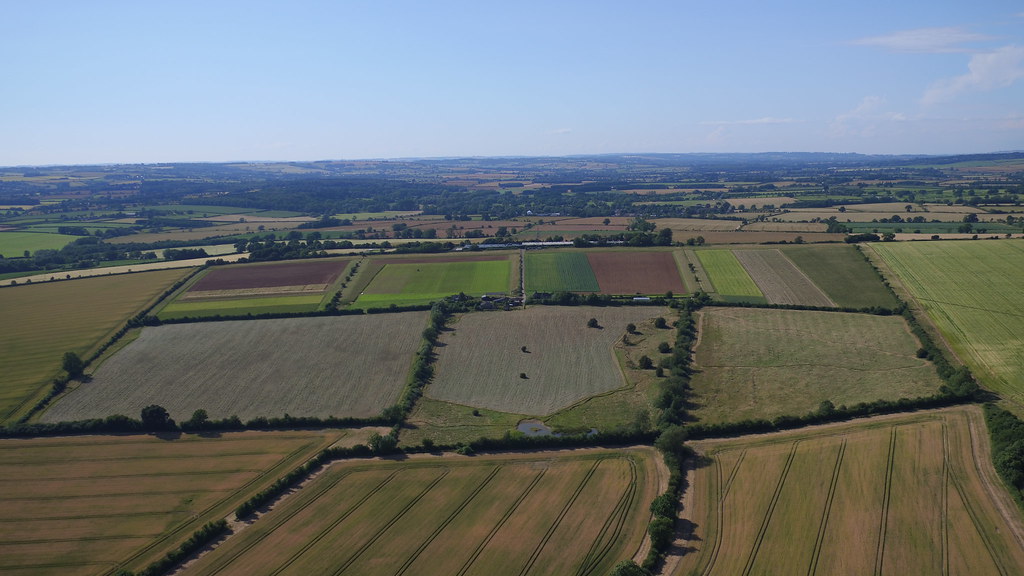November
Supplementary Bird Feeding Update:
The long, mild autumn we’ve been experiencing in the Cotswolds has resulted in there still being plenty of berries and other fruit available available for farmland birds to feed on and we’ve noticed that some of the supplementary bird seed has therefore not been needed and has remained on the ground.
To reduce this wastage we’ve cut back the amount of seed sown to just under a kilo every few days until the temperatures drop and we have evidence that more of the seed is being consumed in the feeding locations.
But if we have If we have more nights like we’ve had these past couple of weeks, with temperatures falling to -1°C, the farmland birds around Honeydale will be more and more in need of the extra food.

But if we have If we have more nights like we’ve had these past couple of weeks, with temperatures falling to -1°C, the farmland birds around Honeydale will be more and more in need of the extra food.
Successful shelter-belt establishment
The shelterbelt on the northern edge of the farm has established well, with a uniform covering along the entire length. We are expecting some barley volunteers in the establishment phase, but this should not be a long-term issue and we’re looking forward to seeing the wild flowers in the spring.Sainfoin
The Sainfoin in the polytunnel has slowed down its growth for the winter but we have generally seen a good take of plants. However there does seem to be some difference in the growth habit with the majority growing to a low height, with a large basal rosette of leaves. A few have a much more upright growth habit and it’s generally these that have flowered this summer.
The usual management technique is to cut or lightly graze a crop of Sainfoin at the end of the first year of establishment to encourage new growth and remove any dead or dying leaves. We have seen some evidence of down mildew on a few plants, which will also be removed during cutting. An Allen Sythe was used to cut the crop at approximately 7 cm, after which the cuttings were removed. We have carried out similar management on a small patch of Sainfoin outside the poly tunnel.

The sheep have temporarily gone from the Honeydale pasture to allow the grassland a period of rest and recovery which will provide an ‘early bite’ of fresh growth in the spring. It also helps to reduce the worm burden in the soil by stopping the input of worms in the animal faeces for a period.

.png)








0 comments: